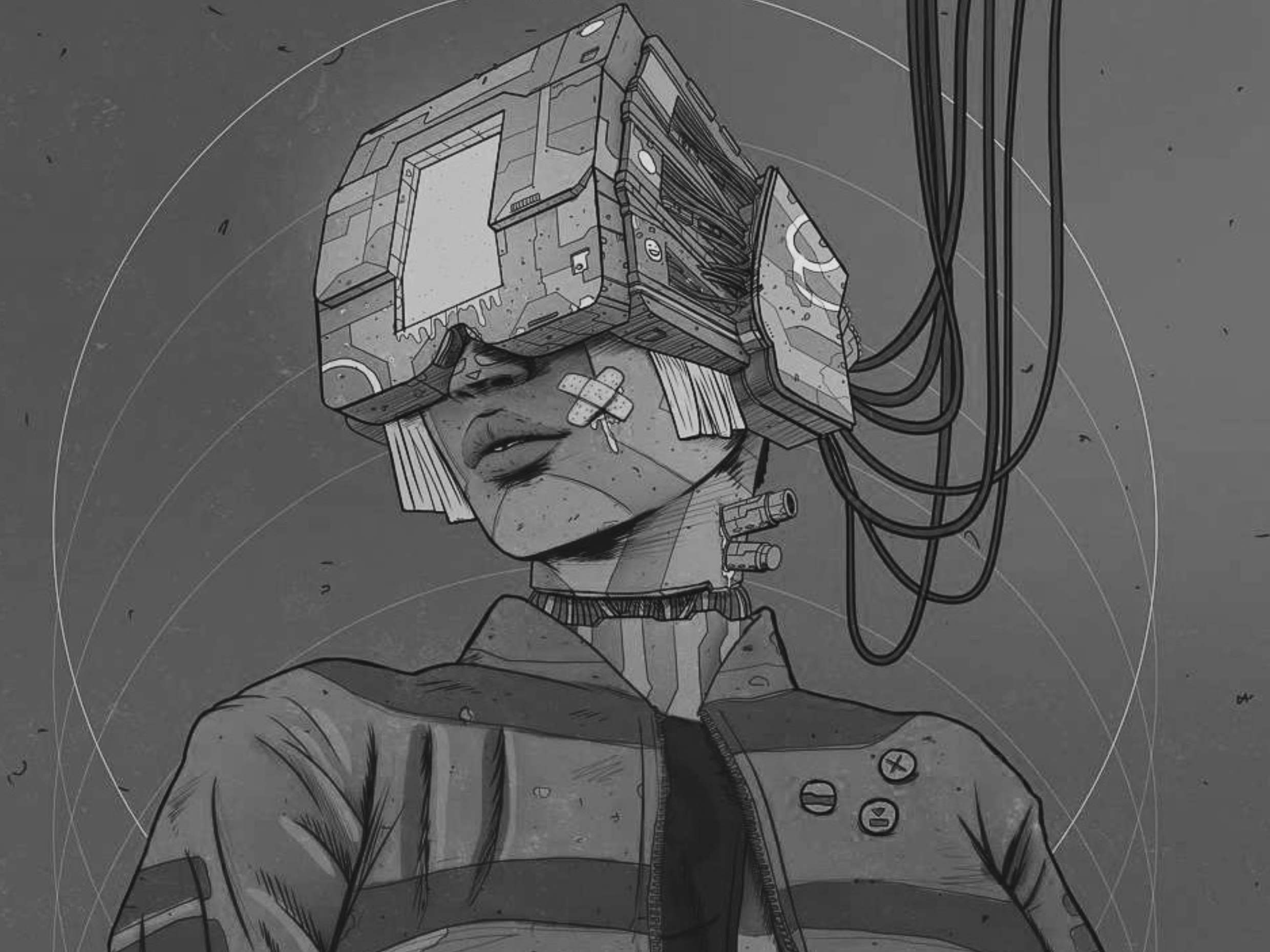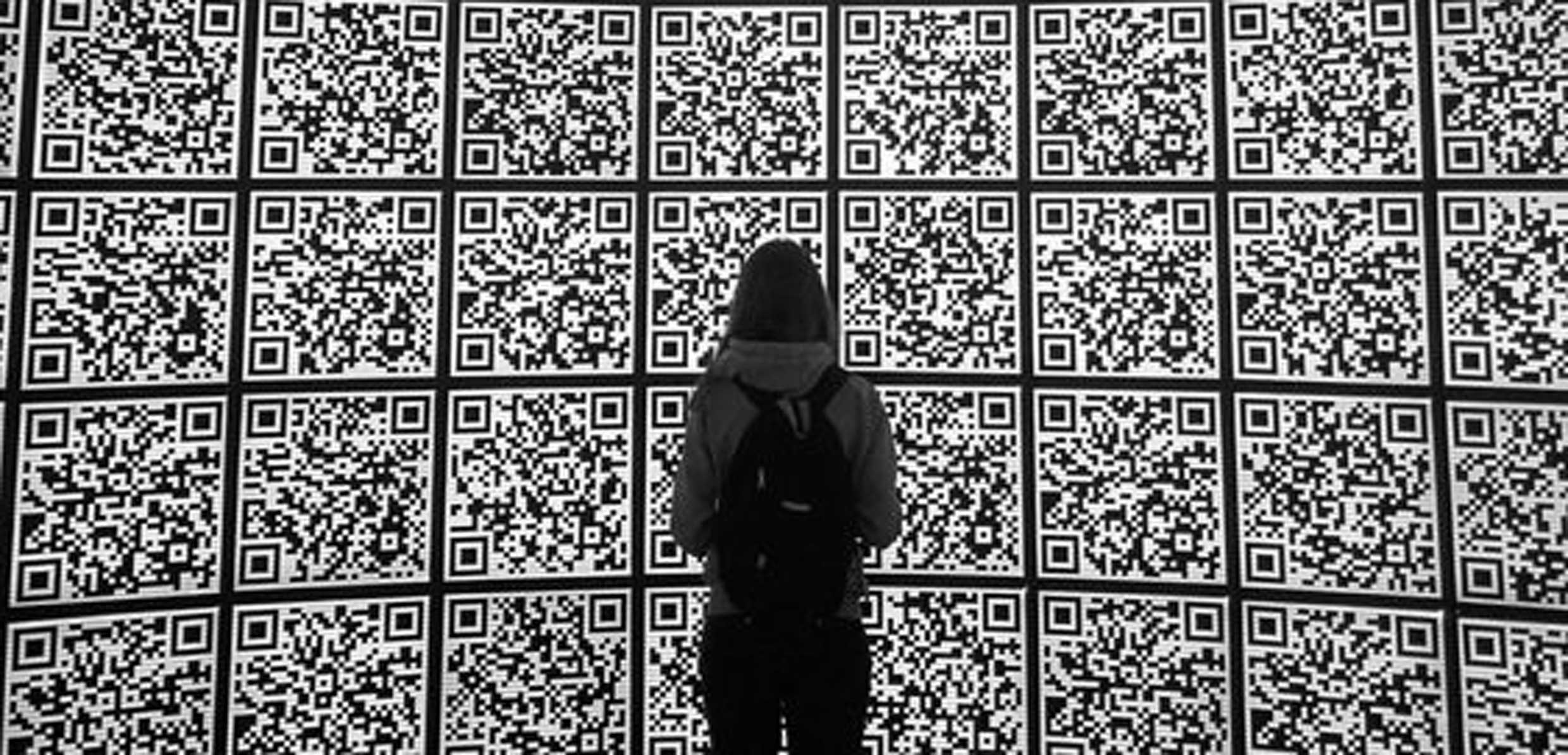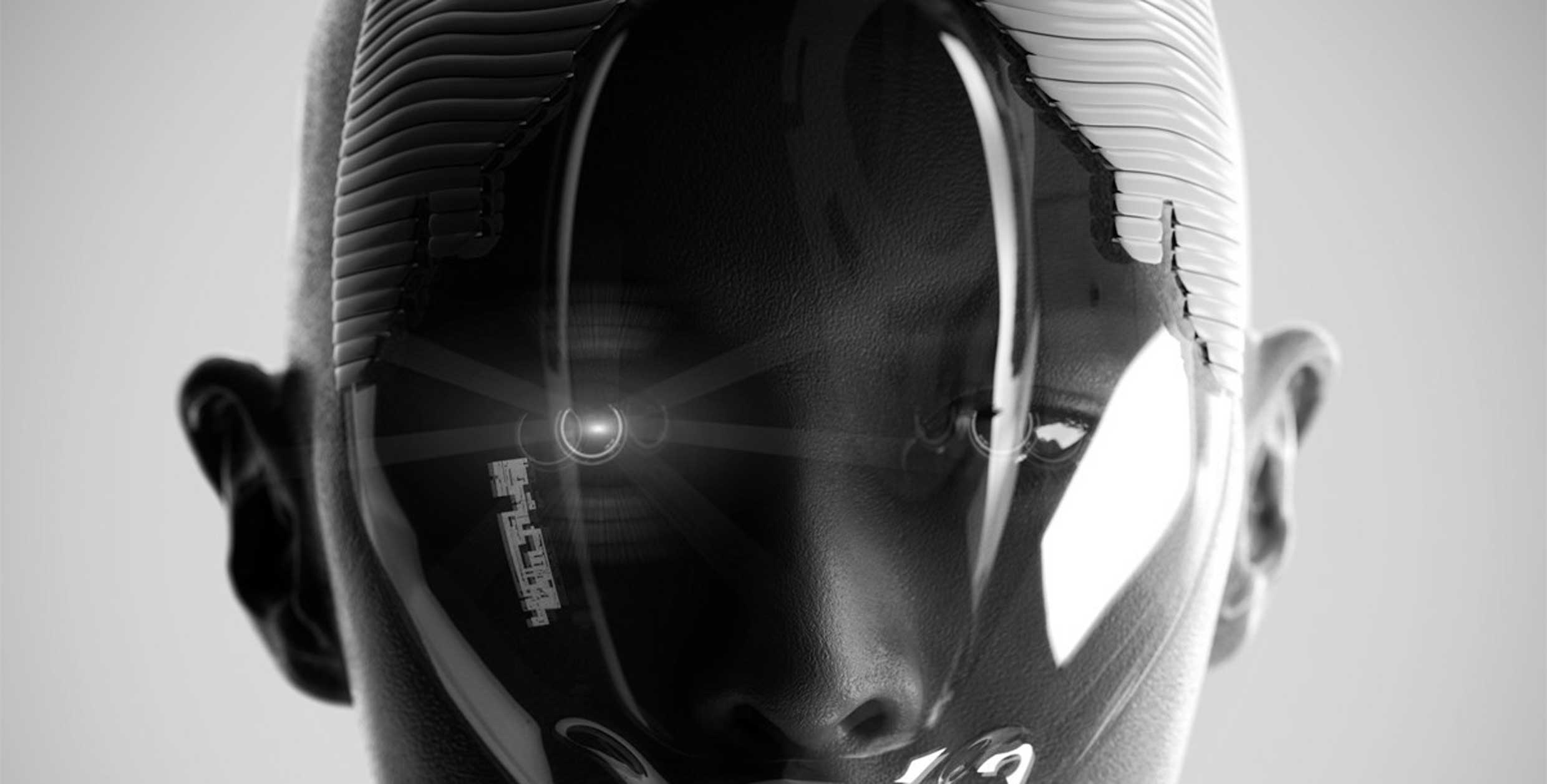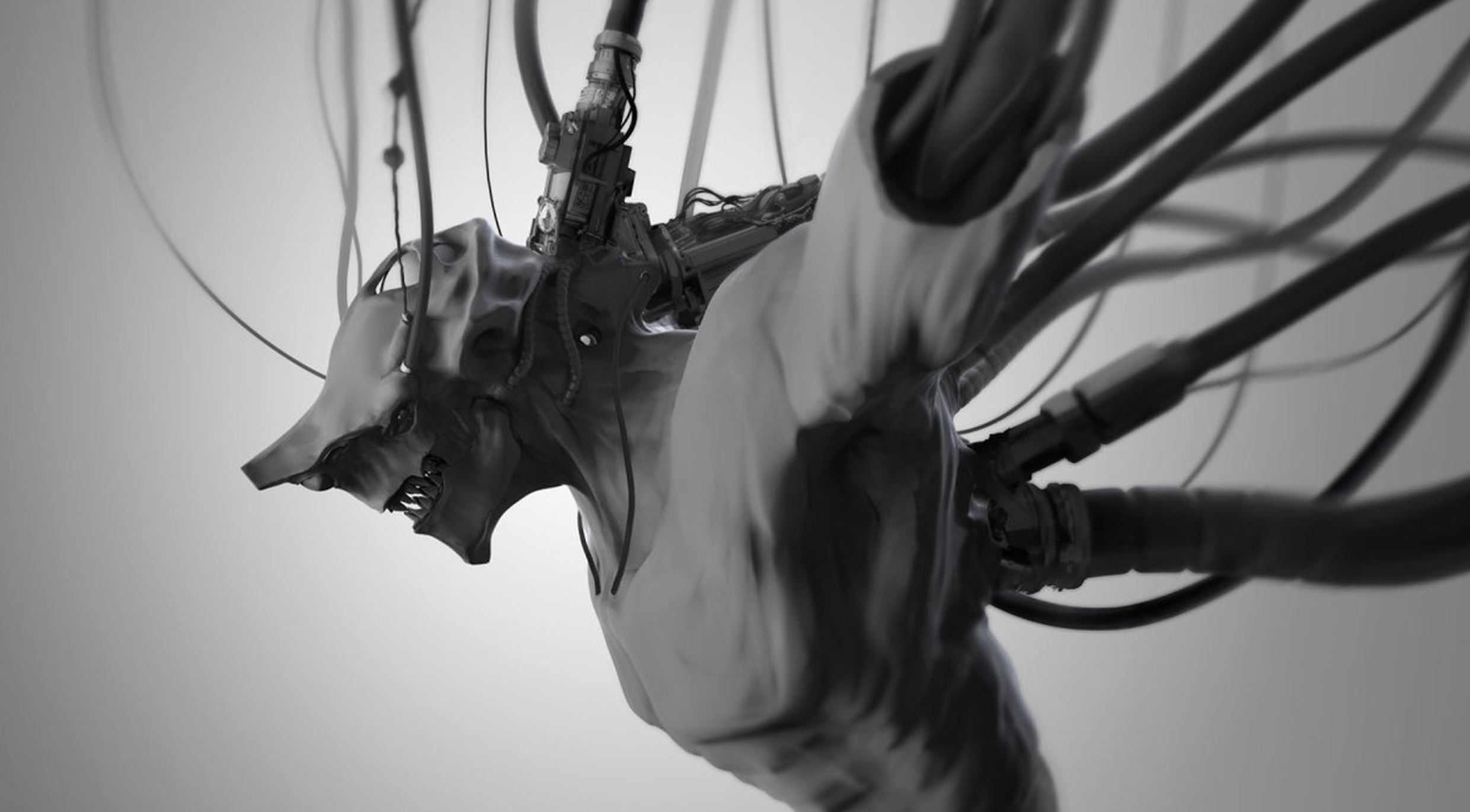Undoubtedly, we all want to get the most out of our lives. Whether we are working out or just plain working, we have trainers, managers, and leaders to help us achieve our highest potential. But, a great leader is hard to come by. That’s why the rise of the virtual coach is so interesting. Programmed with smart training techniques to optimize performance, they’ll start in athletics and bleed into other areas of our lives.
So, what’s the current state of smart training and the virtual coach?
The State of Smart Training
Coaches have measured effort wrong since the dawn of coaching. The amount of sweat, how heavily one breathes, the look on one’s face…all of these “performance indicators” are no way to tell if someone is giving their best effort.
And when the door for disruption is wide open, you know a tech company will capitalize. In this case, it was a company called ARDA who walked through that door.
With years of performance lab testing, ARDA created smart training software that identifies, classifies, and interprets the activity you are doing. From there, it enters into a feedback loop, advising you to refine your training routine and adjust your effort to reach your target workout zone.
Smart training used to only be accessible to top tier Gatorade athletes. Now, with AI coaches implanted in workout products, anyone can have a smart training expert in their ear.
Personally, I use the LifeBEAM VI headphones to coach me during my daily run. In the eighth running session with my virtual coach, it noticed that my strides were too long, thus wasting energy. After concentrating shortening my strides, I clocked a 4:54 mile! To give you context, in my 5 years of cross country running throughout middle and high school, my best time was 6:00.
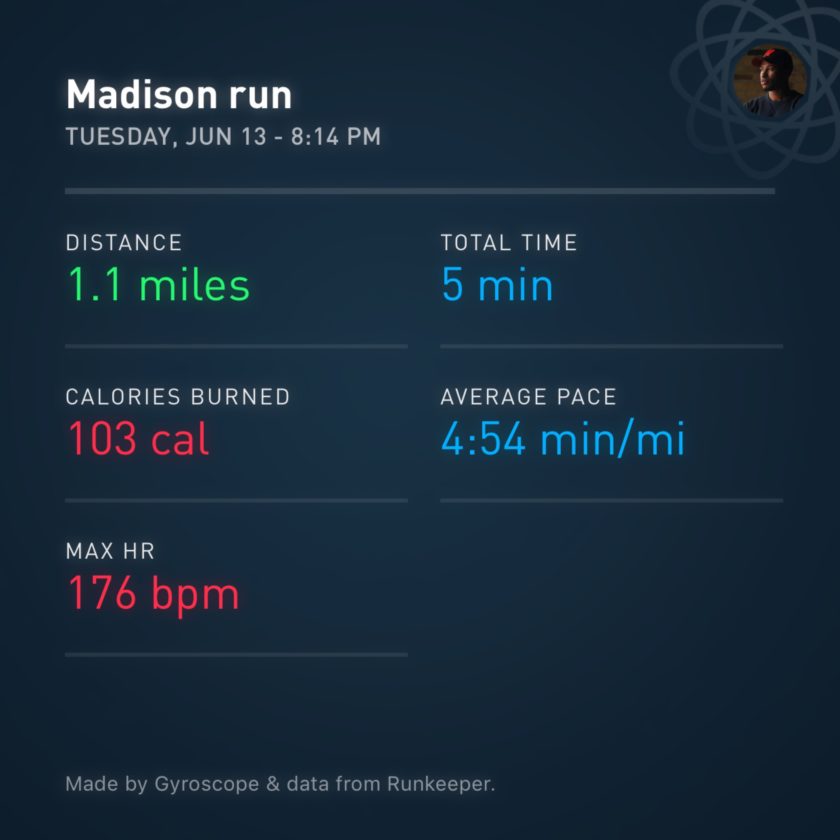
Through smart training, AI coaches encourage, not threaten, athletes, to train better.
Although AI coaches only exist in sports such as running, swimming, and weightlifting, as smart training software progresses to analyze more data, other sports may benefit as well…even team sports.
This opens up another line of questioning though.
How should a virtual coach behave?
The reason I stopped running was that my cross country coach was a jerk. He didn’t understand my running patterns and overtrained our team.
When coaches become selfish, they take the fun away from the sport. They care too much about building “their” team, instead of responding to the personnel that year. They’ll sacrifice the team morale to win at all costs.
Ideally, the goals of a coach and teammates should be identical.
That’s why an unselfish virtual coach may be the best kind of coach for a given job.
If you don’t want your virtual coach to push you past your goals, you can program it not to. If you want to relive the days of a coach that was never satisfied with your performance…you have that power to program.
A virtual coach will find the happy medium between optimal training techniques and your comfortable training level. A virtual coach keeps in mind that leading from behind creates a sense of personal pride among players.
Above all, the virtual coach of the future will be well-versed in training techniques that get the most out of their personnel without stepping on toes.
But, just because a virtual coach has the smart training techniques, doesn’t mean that they’ll be great leaders and strategists.
AI in a Leadership Role
Great leaders are great because they invest in their teams. With nothing on the line but a programmed goal, how does an AI leader excel?
An AI manager is great at making the tough decisions because they operate solely on numbers, without bringing in personal feelings. But, data-driven decisions aren’t always the best way of making the tough call.
Sometimes a gut reaction is the best course of action. Occasionally, a spur of the moment switch-up is the most strategic decision.
Aside from recognizing a recurring pattern, AI leaders can’t “feel the energy” of a situation to go against the data.
About thirteen months ago I made the decision to shut down my digital art marketplace, 23VIVI. With a $250,000 investment sitting on the table, Ryan (my co-founder) and I walked away from the company.
An AI Leader would’ve signed the deal within minutes because the company was broke and desperately needed cash. Not to mention, with favorable investment terms, the decision made sense on paper.
But, that AI Leader would’ve failed to understand that our investors’ vision for 23VIVI wasn’t aligned with our vision. Signing that deal was signing away the freedom to build the company we envisioned.
It’s a gut decision Ryan and I will never regret.
While a virtual coach may be the best training expert available today, they only understand structured growth – adhering to a patterned formula. Before AI can think strategically and command a team to victory, it must learn how to break free from structured development and adapt to the situation.
Wreck Your Routine
A great teacher cannot be fixed in routine. They avoid preformulated patterns and create different lessons depending on the student.
This same principle applies to leadership. Great leaders don’t follow preformulated steps to leading a team. No, they understand their personnel and create a leadership style that is conducive to that team’s needs.
But, it’s not all on the leader. Even followers must contribute to leadership. It is a subordinate’s duty to hold their leader accountable – to demand constant improvement to their guidance of the team.
Whether you are a leader or a follower, don’t settle for routinized leadership. Excellence is rooted in striving for uncomfortable challenges.
Simply by reading this article, you challenged the comfortable way of thinking. If you felt challenged by this article on virtual coaching, why not challenge others by sharing the article with them. (There are even convenient share buttons below)
Thanks for reading this week’s Quick Theories.

